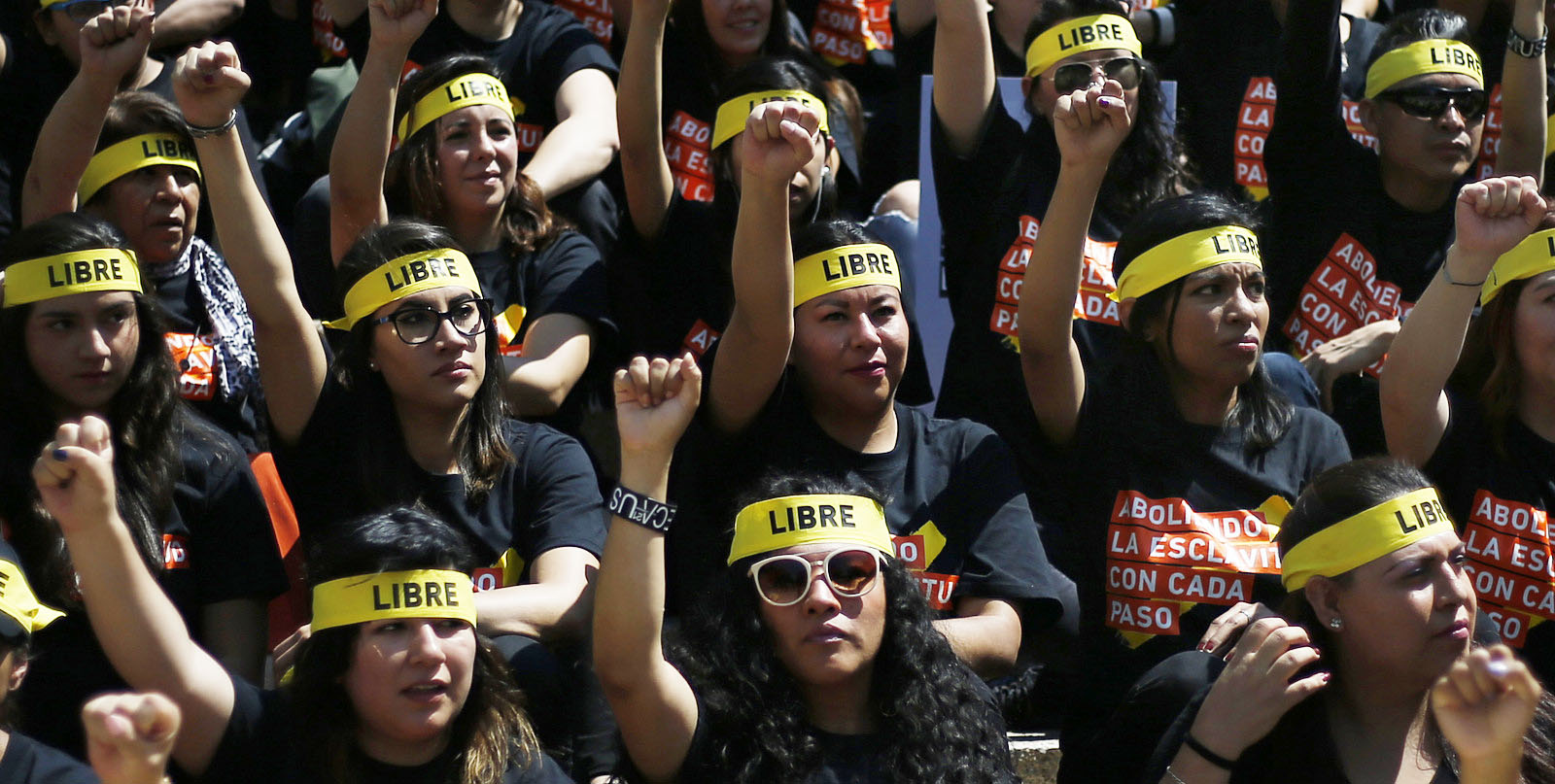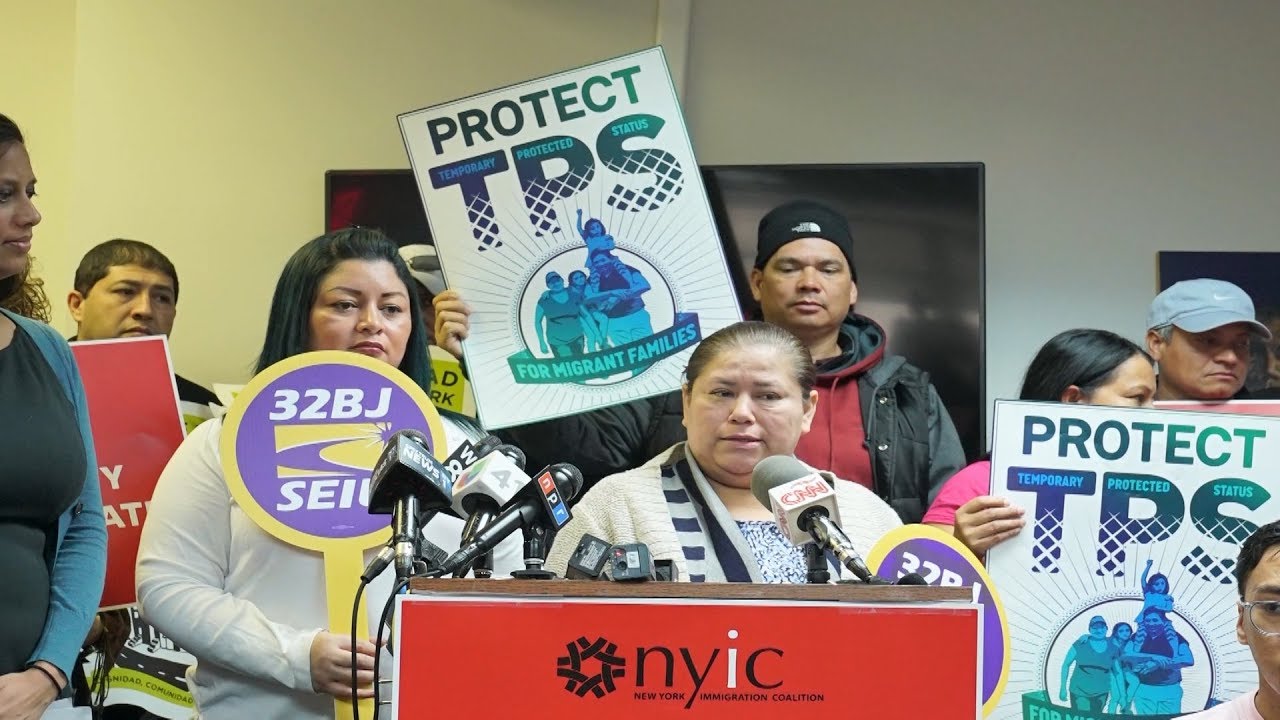by Luis Beatón
The recent visit of Kurt Tidd, head of the Southern Command of the United States, to Colombia, arouses suspicions and leads some to think that the order to attack Venezuela has already been given.
General Tidd said that Bogota and Washington must continue working to overcome ‘security threats’ that require mutual work to overcome them, according to reports in the newspaper El Espectador, in Colombia.
The high-ranking US officer said that ‘Colombians have much to be proud of and we join other democratic nations in expressing admiration for their firm commitment to the values we share’, a statement that apparently refers to that country becoming a large base for the deployment of Washington’s war machine.
International commentators believe that the fight against drug trafficking hides plans against Venezuela, something perhaps behind the deployment of Operation Atlas, the largest in recent years, which added almost 10,000 men from the military and police forces to face the networks of drug traffickers in Tumaco and its surrounding areas.
On the morning of February 10, the US admiral met behind closed doors with Colombian Defense Minister Luis Carlos Villegas and other senior officials, with whom he tried to coordinate efforts in the ‘construction of peace and security in the region.’
General Tidd arrived in Colombia just two days after the US Secretary of State, Rex Tillerson, met with President Juan Manuel Santos in New Granada, to adjust plans against the authorities of Caracas, including ordering the Venezuelan opposition to abort the dialogue that should conclude with the signing agreement in Santo Domingo of a peaceful coexistence.
In this meeting, the Colombian president emphasized the importance for the region of what he worded as ‘restoring the democratic channel in Venezuela’, that is why the visit of the commander of the Southern Command of the United States could be linked with plans to continue the destabilization campaign of the government of Nicolas Maduro.
Regarding this situation, the Venezuelan academic and analyst Sergio Rodríguez Gelfestein wrote: If we accept the well-known maxim of Von Clausewitz that ‘war is the continuation of politics by other means,’ then, ‘the combat order was already given.’
The Venezuelan scholar affirms that ‘the preparation of the war has already begun. In Catatumbo, region of the Department of Norte de Santander, bordering Venezuela, specifically in the towns of Tibú and Tarra, the illegal armed groups have taken control of security, an advance of what may be in progress against Caracas.
He points out that in Villa del Rosario, in the same department, the armed group ‘Los Pelusos’ and the self-appointed ‘Autodefensa Gaitánista de Colombia’ (AGC) fight to take control of six neighborhoods (Galán, La Palmita, Pueblito Español, Montevideo, Primero de Mayo and San José) of this city of 90,000 inhabitants, where they have been deployed to prepare the invasion of Venezuela under the watch of the army and the authorities of Bogotá.
In the area of Cucuta, on the border with Venezuela, paramilitaries operate under the command of ‘Cochas’, alias of Luis Jesús Escamilla Melo, head of the Paramilitary Army of North Santander (EPN) and in Venezuela they are already operating in Llano Jorge and San Antonio del Táchira, says the source.
There are also demonstrations at the US military bases in Colombia and the arrival of a contingent of 415 members of the United States air force to Panama, who arrived illegally in the country, even before that government authorized their presence, states Rodríguez.
Also, among those preparations should also be mentioned the completion of the Tradewinds 2017 naval maneuvers in June last year in Barbados, less than 685 miles from the Venezuelan coast and the AmazonLog17 military exercises, in the Brazilian Amazon, with the participation of troops from that country, in addition to Colombia and Peru, in November of last year, only 435 miles from the border with Venezuela.
On the other hand, the presence of the US military in Tumaco is striking, according to General Tidd to ‘counteract the security threats’ although they are evidently part of the plan of aggression against Venezuela.
Also the arrival in Panama of the 415 members of the US Armed Forces is seen as part of the creation of support and logistics bases for the operation to put an end to the Government of President Nicolas Maduro.
Undoubtedly, the Southern Command of the United States participates in these preparations in the first place, providing a joint military force of more than 1,201 people, including military and civilians, with personnel of the Army, the Navy, the Air Force, the Marines, the Coastal Guard and other federal agencies.
A prominent place appears to be assigned to two fast-acting US military bases installed in the communities of Vichada and Leticia, in the Colombian department of Amazonas, bordering Venezuela in the southwest of the country, according to reports.
These bases, which are added to those already existing, represent an important step in the military occupation of Colombia, considered by the late US Senator Paul Coverdell as a necessary preliminary action to invade Venezuela.
Also, the 2009 military agreement between Washington and Bogota allows Americans greater access to military bases, including Palanquero, considered strategic because of its position in the Americas.
In the siege of Venezuela, the US assault troops stationed in the ‘control and monitoring’ bases of Reina Sofía, in Aruba, and Hato Rey, in Curaçao, and the operations center would have a seat in the base of Palmerola, in Honduras, the largest foreign installation of that nature in Latin American territory.
The alerts expressed by different media and experts do not seem unfounded, and to give certainty Tillerson and Tidd visits the region, and especially Colombia, without doubt the spearhead against Venezuela.









